Head & Neck
Safe and effective treatment targeted at specific conditions to help ease and manage headaches and neck pain.
Neck pain is an extremely common complaint within clinic. It can present as an ache or as sharp localised pain, reduced mobility or muscle spasm and can cause radiations into the shoulders and arms. Neck pain can occur after an injury or maintaining a poor posture as well as after something as innocuous as sleeping in an awkward position. Fortunately, neck pain generally responds brilliantly osteopathic intervention.
Headaches are the most common disorder of the nervous system, over 90% of the population will experience a headache in their lifetime. Our osteopaths are experienced in treating patients with headaches arising from the musculoskeletal system.
Headaches
There are many different types of headaches that we can experience all with their own complexities. The most common headaches we see in clinic are tension-type headaches, Cervicogenic headaches (headaches coming from the neck) and migraine.
Tension type headaches usually cause pain and tightness across the forehead, or a vice-like band around the head and tiredness behind the eyes. They are often caused by stress, anxiety and poor sleep.
Cervicogenic headaches arise from dysfunction in the neck. Joints in the upper neck become restricted which consequently compresses one or some of the nerves that travel upwards into the head. Cervicogenic headaches usually only affect one side of the head.
The cause of migraine is not fully understood but they are thought to be caused by neurological imbalances. Stress, hormones, sleep, diet and lifestyle can all play a part in migraine presentation. So whilst osteopathy cannot cure migraine, for many patients where postural imbalances and neck restrictions are contributing factors, it can offer some much needed pain relief.
Your osteopath will do a thorough assessment of the head, neck, jaw and upper back as well as postural and movement assessments to identify dysfunctional areas and movements patterns. Which headache type you have will determine what treatment and management plan your osteopath will recommend.
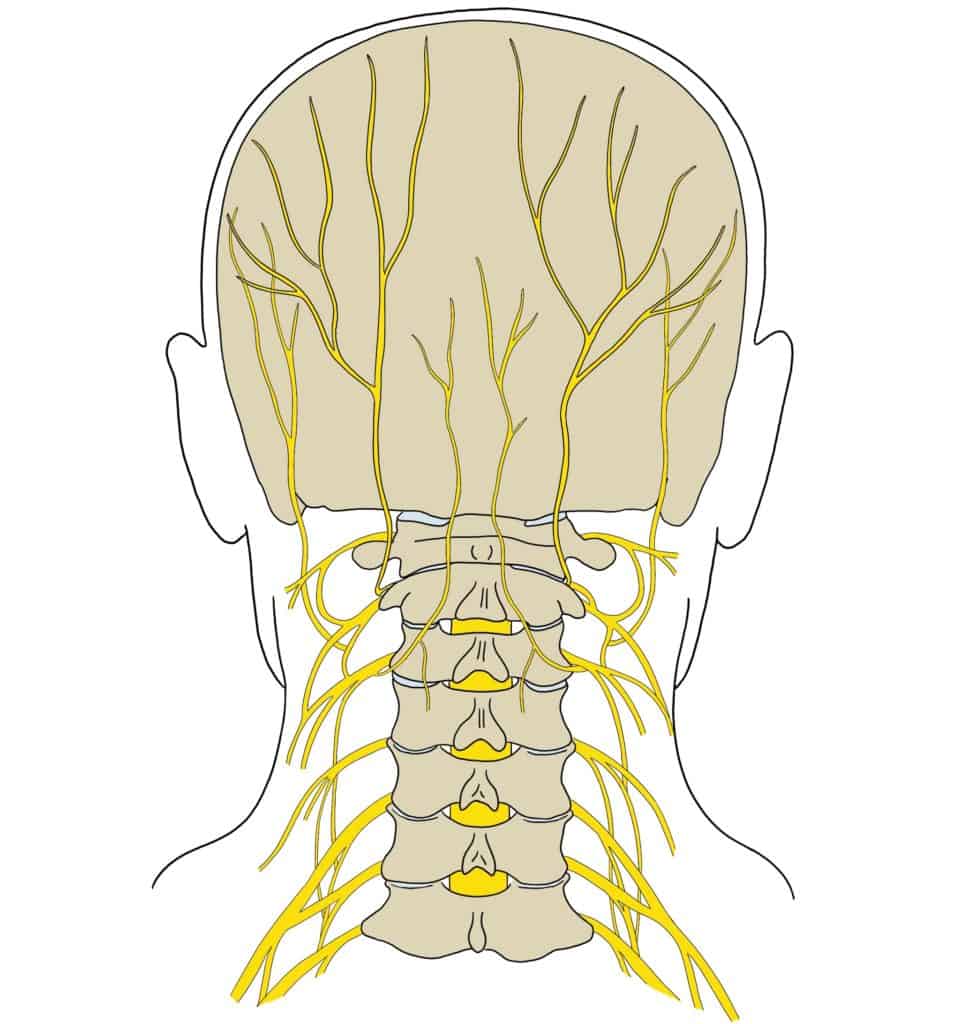
Whiplash Type Injuries
Whiplash is a condition caused by excessive force and back-and-forth or side-to-side movement of the neck. It is often caused by road traffic accidents but can also result from accidents such as sports injuries or falls.
During a whiplash injury excessive hyperextension and hyperflexion (and/or rotation) occurs
causing sudden strain to the associated muscles, joints, ligaments and nerves. You may experience neck pain and stiffness that can extend into the upper back and arms. You may also get a headache. Symptoms of whiplash do not always occur straight after the accident, they can come on weeks &/or months later.
Most people recover well with treatment and rehabilitative exercises, which our osteopaths will be able to provide you with. Our osteopaths are also experienced in treating chronic neck and upper back pain associated with old whiplash injuries.
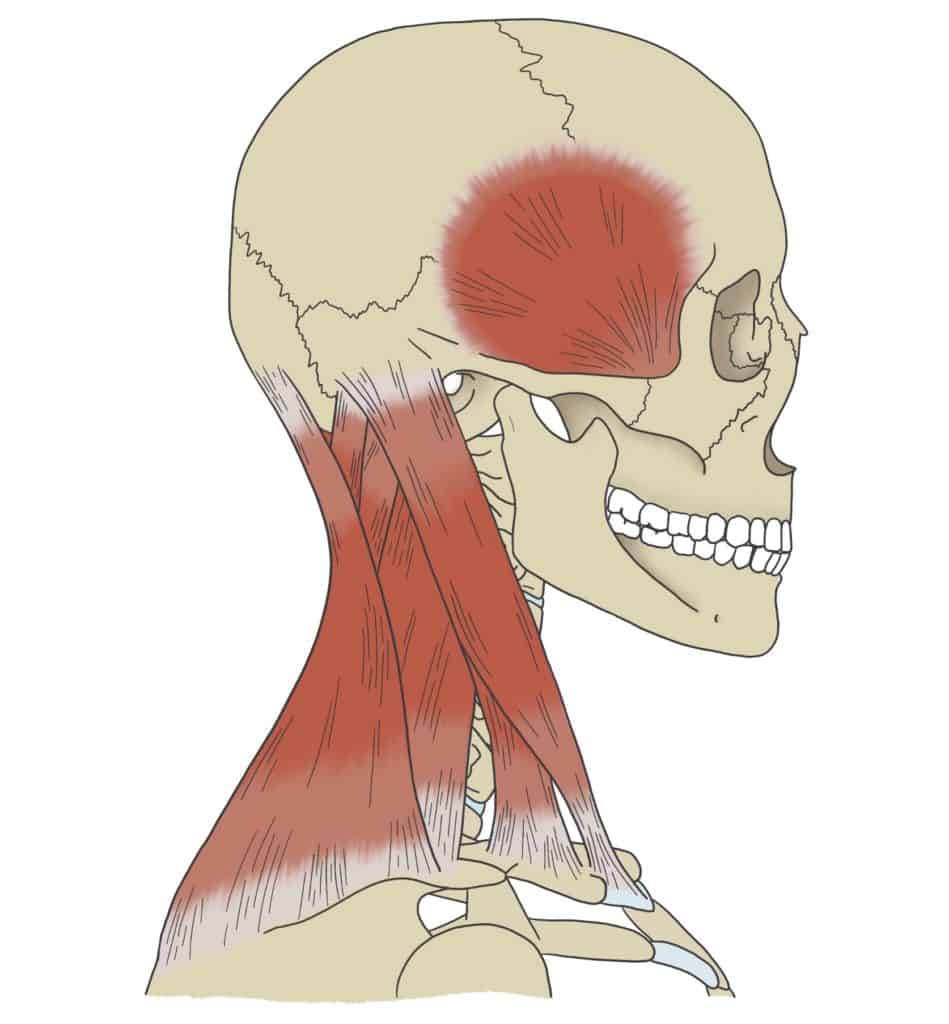
Temporo-mandibular Dysfunction
Temporomandibular joint (jaw) dysfunction can be not only painful, but also debilitating and
frustrating.
TMJ disorders can cause pain when eating or chewing, you may not be able to open your mouth fully and they can lead to secondary pain in your neck and head. TMJ disorders may also cause a clicking sound or grinding sensation when you open and close your mouth.
Osteopathy can help to strengthen and stretch the muscles of the jaw. Our osteopaths can also help to relieve pain and treat associated disorders such as upper neck pain and headaches
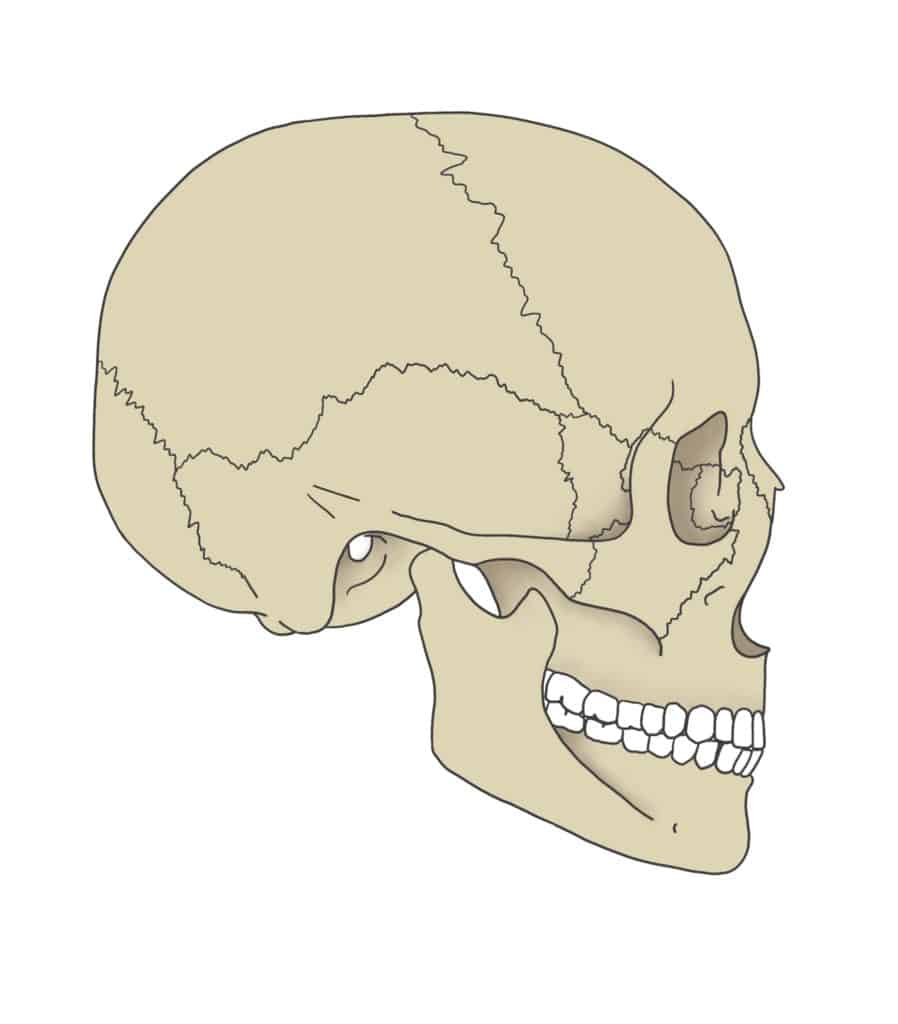
Facet Joint Irritation
The bones that make up our spine are called vertebrae. Where these vertebrae connect to one another is called a facet joint. The facet joints can become painful for many reasons. The most common cause of facet joint pain is degeneration. Many forces are transferred through the facet joints and they bear a large amount of weight for the size of the joint, this predisposes them to degeneration and injury.
Acute facet injury in the neck, sometimes called a ‘crick neck’, can occur after sudden trauma such as a sports injury, road traffic accidents or a fall down the stairs. Facet joints can also become irritated and inflamed after repetitive or minor trauma such as twisting awkwardly in bed or whilst driving looking over your shoulder in the blind spot of your car. Equally manual labour tasks like lifting and twisting or sports like gymnastics where there are lots of backward bends and twists involved can cause facet joint injury. Sometimes facet joint pain occurs innocuously and you won’t know what you have done to cause the pain.
The most common symptom of facet joint pain is neck pain, but you may also get muscle spasm and/or neurological symptoms such as pins and needles as a result of facet joint injury.
Facet joint pain responds very favourably to osteopathic intervention.
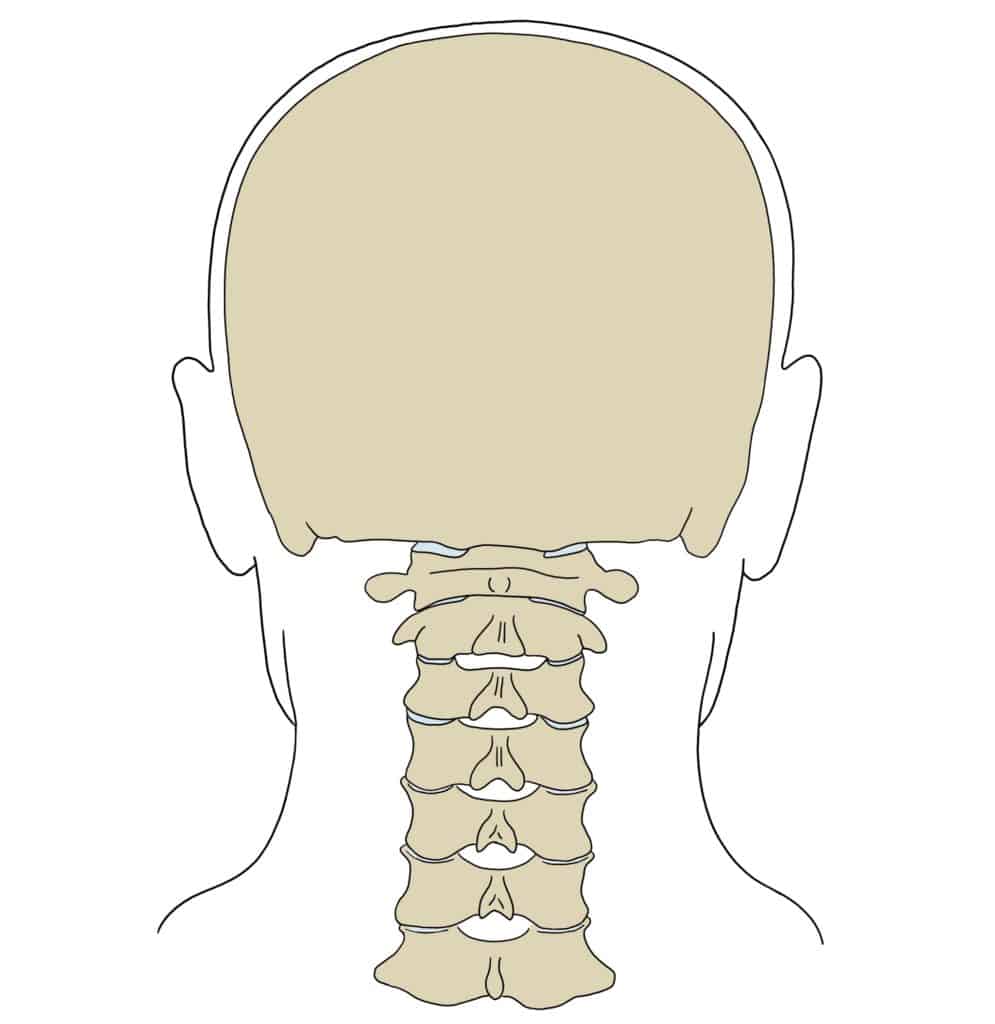
Fibromyalgia
Fibromyalgia is a very complex, long-term condition that causes widespread pain throughout the body.
There is no known cure for fibromyalgia. Exercise is well known to often help relieve symptoms but is sometimes difficult to achieve with the pain levels that patients have to endure. Fibromyalgia is often co-existent with headaches, temporomandibular joint disorders and many other conditions.
Our osteopaths understand and respect the fact that fibromyalgia affects each person differently and adjust their treatment and management approach accordingly. Our aim is to provide much needed relief to the patient in order for them to be able to manage their symptoms and continue every day life activities as much as possible.
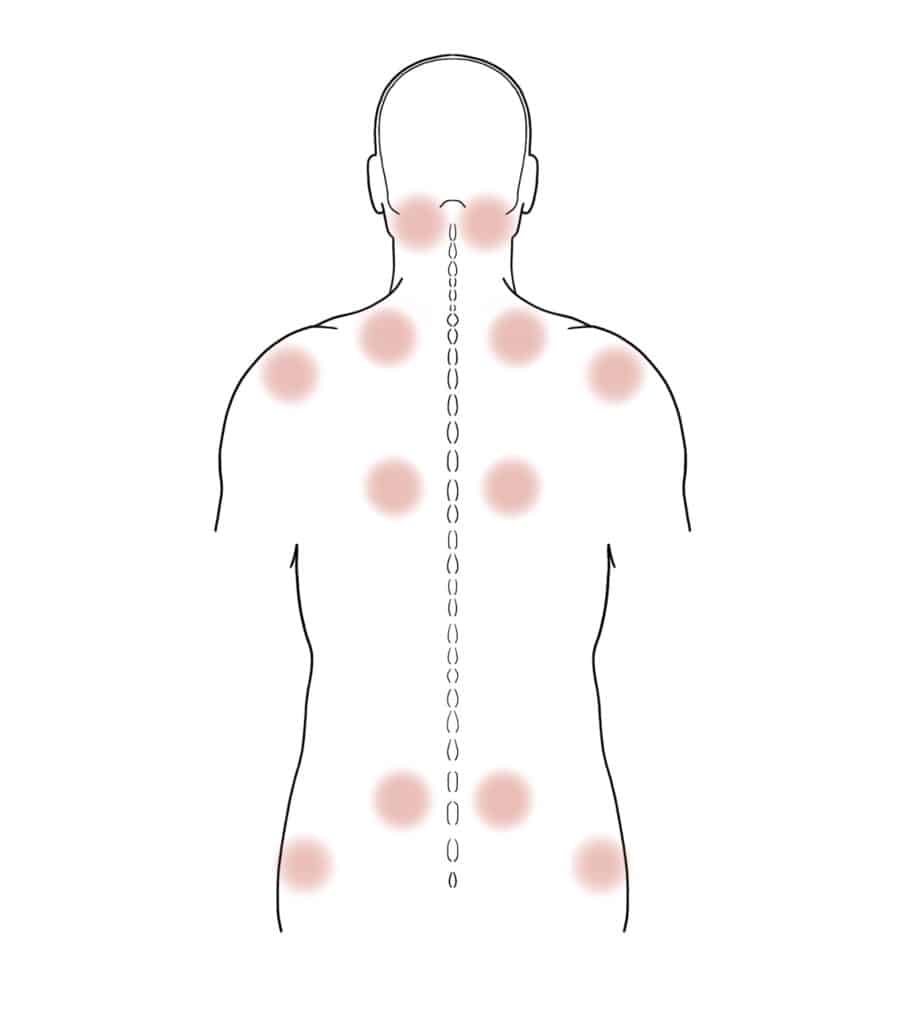
Postural Pain/ Occupational Health
Whilst not exactly a diagnosis, ‘Postural pain’ is very common. At The Sussex Osteopaths we see a lot of people in pain related to their jobs, daily lives and hobbies. Whether it is sitting in one position for a long period of time, manual labouring on a building site or carrying a heavy rucksack to school; all these things, over time, can cause our body discomfort.
Most commonly postural pain will present in the upper back/neck area and across the shoulders, but it can also affect the lower back and pelvis as well as cause headaches.
Our osteopaths can provide treatment to combat the physical demands of jobs and daily lives as well as prescribe specific exercises and lifestyle changes to improve and maintain strength, mobility and flexibility.

Arthritis
Osteoarthritis is a common condition that causes pain and inflammation in a joint. Often referred to as ‘wear and tear’ of the joint, it can occur at any age as a result of an injury but is most common in people over the age of 45.
The cartilage within the joint becomes thinner, meaning that there is more friction. Osteoarthritis is a normal, natural part of the ageing process and many people with it will suffer no symptoms at all! However, when osteoarthritis is symptomatic, patients complain of stiffness, reduced range of movement and pain on activity.
There is no cure for osteoarthritis; however, osteopathy can offer symptomatic relief for many patients. Osteopathy can help to increase range of movement available in the joint, decrease pain and improve function. Laser therapy has also been shown to be effective in reducing pain associated with arthritis. We are also able to offer “pre-hab” for those patients awaiting a joint replacement
We can also get a type of arthritis called rheumatoid arthritis; this can affect multiple joints in our body at the same time. If our osteopaths suspect you have rheumatoid arthritis they will refer you to the GP for a blood test to confirm this. We can still treat patients once they have been diagnosed with rheumatoid arthritis and they can get a lot of symptom relief from osteopathic treatment, however it is more complex than osteoarthritis due to it’s nature and usually requires a combined treatment approach with your GP.
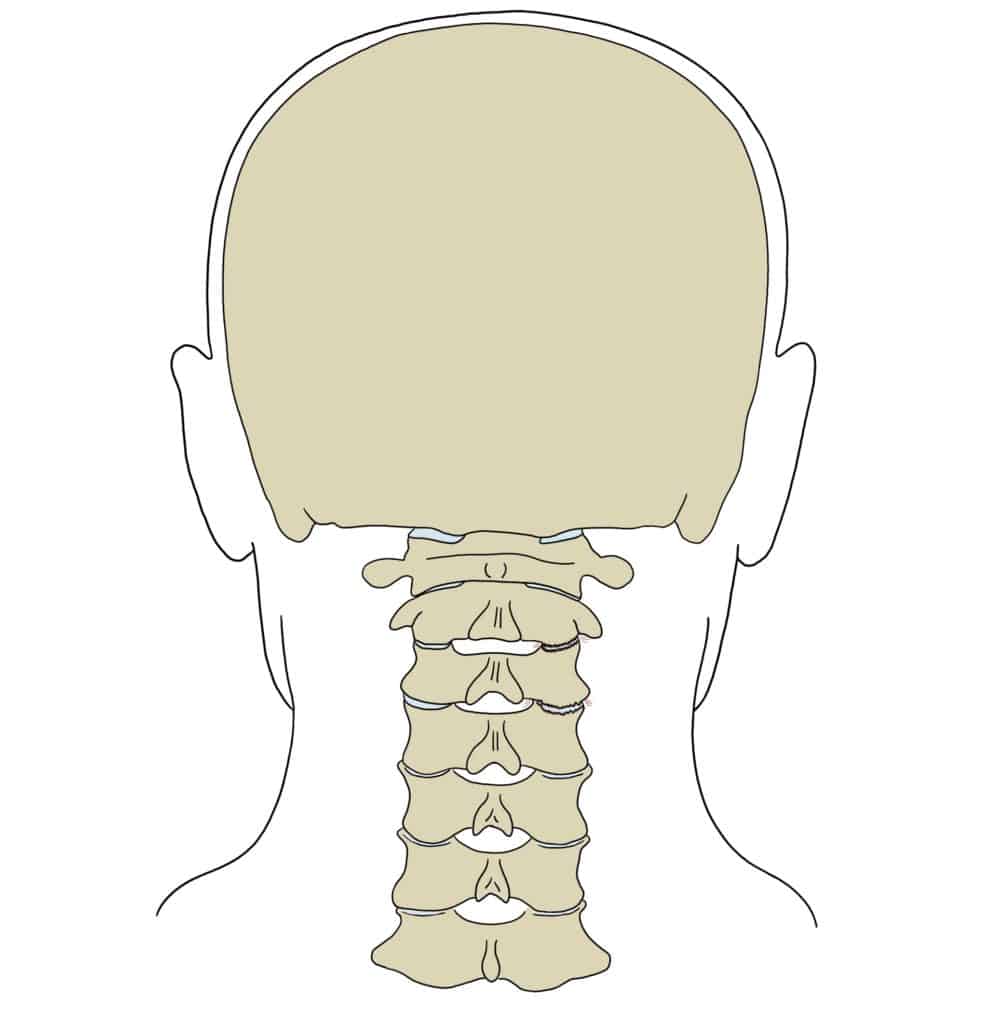
This is not an exhaustive list of the conditions we treat within the clinic. If you have a condition that has not been mentioned above please feel free to call or email us, and we would be more than happy to discuss your symptoms with you and let you know if we are able to help.
